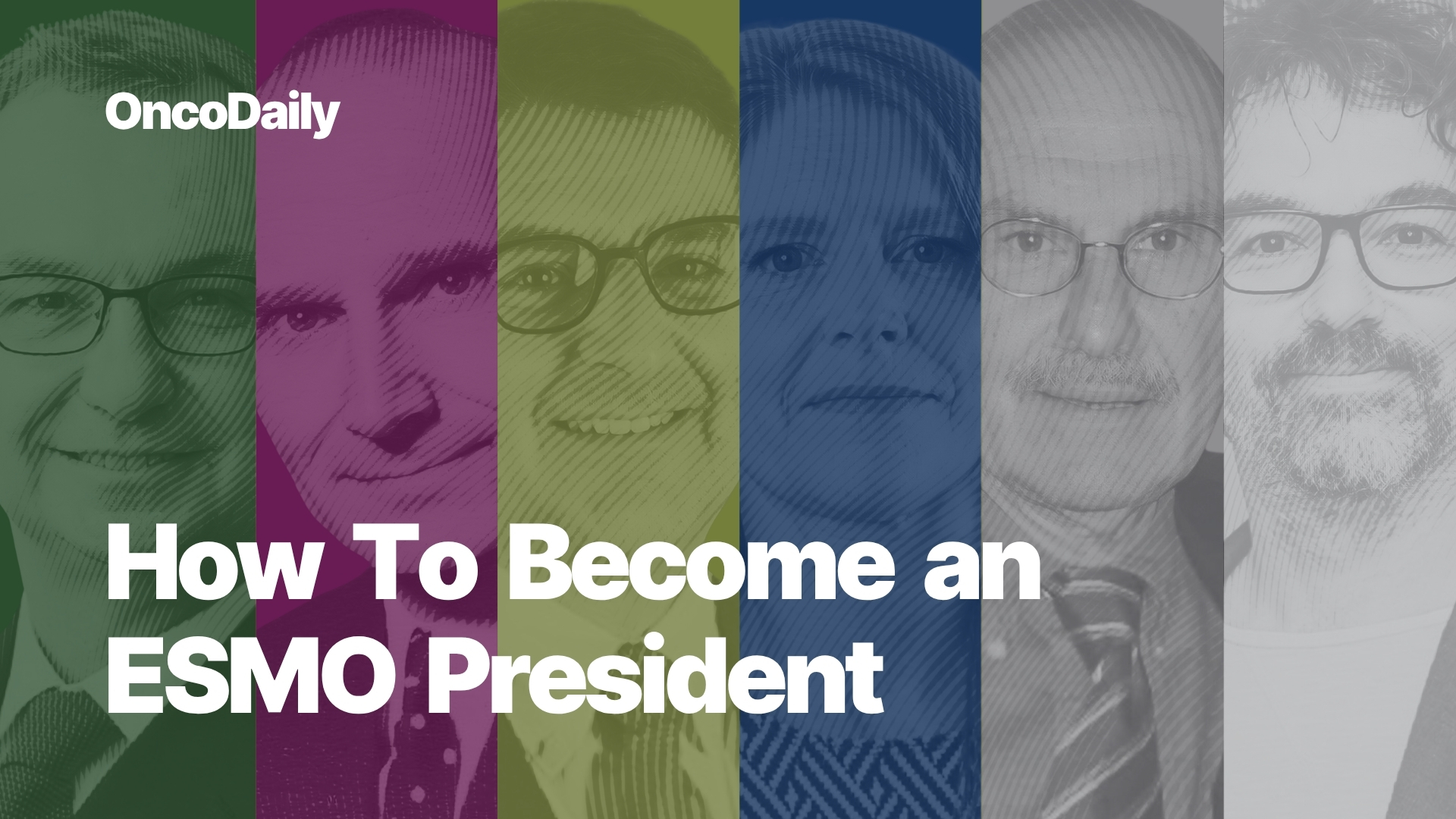European Society of Medical Oncology (ESMO) represents over 45,000 professionals in 180 countries and territories. In 2024, ESMO held 126 events with the culminating ESMO Congress 2024 held in Barcelona that was attended by 34,000 participants and 598 speakers from 149 countries…
If you think leading a society of this caliber is a piece of cake, think again.
Good doctors come from diverse backgrounds, but exceptional leaders often share common roots. In this article, we are going to explore these roots that helped shape the Presidents of ESMO.
Aspiring oncologists dream of studying at universities that provide the best education and training. Interestingly, in oncology leadership, certain universities stand out consistently as the incubators of future global leaders. If your ambition includes leading ESMO one day, knowing the academic institutions that shaped past presidents could be insightful.
Since its founding, ESMO has seen 22 remarkable leaders, starting with co-founders Georges Mathé and Maurice Schneider. But where did these visionaries cultivate their talents?
Unlike our previous analysis on ASCO presidents, who often shared academic roots, the educational paths of ESMO presidents are notably diverse. Remarkably, only one institution – Universitat Autònoma de Barcelona – produced two future ESMO presidents, reflecting the broad educational landscape that characterizes Europe’s oncology leadership. The other presidents each carved unique paths through prestigious universities across Europe, including:
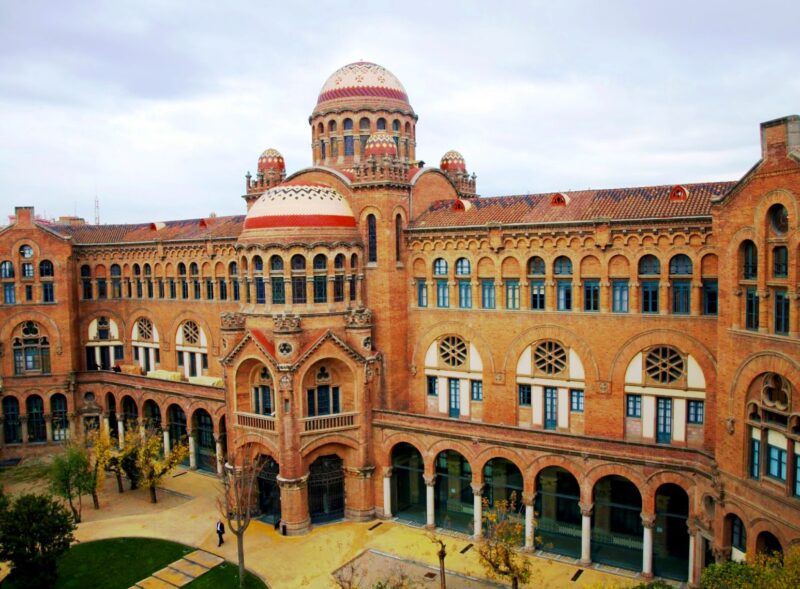
Universitat Autònoma de Barcelona
- Universitat Autònoma de Barcelona, Spain
- University of Grenoble, France
- Catholic University in Rome, Italy
- University Hospital of Lausanne, Switzerland
- University of Valencia, Spain
- University of Naples Federico II, Italy
- Université Libre de Bruxelles (ULB), Belgium
- Medical School of Athens University, Greece
- University of Vienna, Austria
- University of Perugia, Italy
- Universities of Münster and Würzburg, Germany
- University of Copenhagen, Denmark
- Universities of Toulouse III and Paris XI, France
- University of Cambridge, UK
- St. Bartholomew’s Hospital, London, UK
- Complutense University of Madrid, Spain
- University of Leiden, Netherlands
- University of Milan, Italy
- University of Pavia, Italy
- University of Paris, France
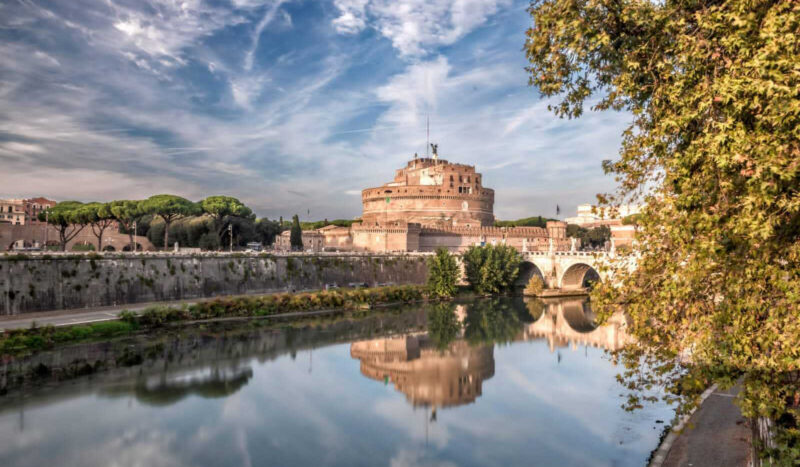
Catholic University in Rome, Italy
While educational routes might be diverse and difficult to track, this academic excellence is fostered by select homes of oncology:
- Italy and Spain lead with 4 alumni from 5 universities becoming ESMO presidents
- France – giving ESMO its two co-founders – Georges Mathé, President, Maurice Schneider, General Secretary, has produced 3 presidents till today
- Switzerland emerges with 2 ESMO Presidents
- Austria, Belgium, Denmark, Germany, Greece, Sweden, Netherlands and UK have each given ESMO one president, stamping Europe with its broad educational excellence.
Understanding these educational journeys not only inspires future leaders but also emphasizes the importance of diverse academic pathways and international training. Clearly, excellence in oncology leadership is shaped by a combination of world-class institutions, strong national traditions, and an international outlook.
So, if becoming an ESMO president is your aspiration, these institutions offer not just top-tier education but also a strong legacy of leadership to follow.
Medical Excellence Centers
Below are listed some hospitals where ESMO Presidents built their careers and helped others build theirs.
- European Institute of Oncology in Milan
- Gustave Roussy, France
- University Hospital of Lausanne in Lausanne, Switzerland
- University Hospital in Valencia, Spain
- Vall d’Hebron Barcelona Hospital, Spain
- University of Campania Luigi Vanvitelli in Naples, Italy
- University Hospital of Zurich, Switzerland
- Jules Bordet Institute, Belgium
- Karolinska Institute, Sweden
- Mitera Hospital, Greece
- Wilhelminen Cancer Research Institute, Austria
- Medical University Clinic of Hamburg-Eppendorf, Germany
- Finsen Institute, Denmark
- Institute Curie, France
- HC Marbella International Hospital, Spain
- VU Medical Center (VUmc), Netherlands
- University Hospital Utrecht, Netherlands
- University of Edinburgh, UK
- Imperial Cancer Research Fund (ICRF), UK
- Istituto Palazzolo, Fondazione Don Carlo Gnocchi, Italy
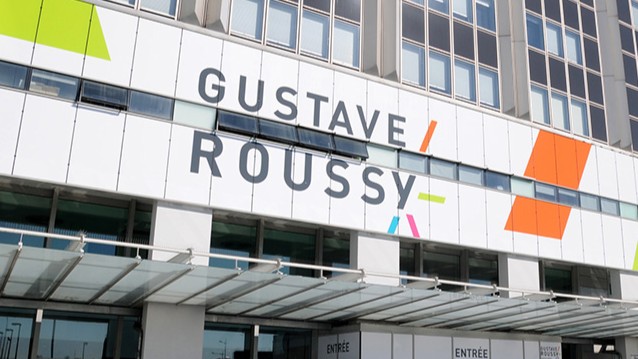
ESMO Presidents and Co-Founders
- Giuseppe Curigliano
- Fabrice André
- Andrés Cervantes
- Solange Peters
- Josep Tabernero
- Fortunato Ciardiello
- Rolf A. Stahel
- Martine Piccart
- Jose Baselga
- Hakan Mellstedt
- Paris A. Kosmidis
- Heinz Ludwig
- Maurizio Tonato
- Dieter Hossfeld
- Heine Hansen
- Jean Pierre Armand
- John F. Smyth
- Hernan Cortes-Funes
- Herbert (Bob) Pinedo
- Silvio Monfardini
- Maurice Schneider, Co-founder of ESMO
- Georges Mathe, Founder and the First President of ESMO
ESMO, founded in 1975 in France, is not just a society which brought together medical oncologists around Europe. It made sure medical oncology established its role as a respected distinct specialty since its foundation. Only 50 years ago, many universities refused to accept medical oncology as a field: medical oncologists even received “special treatment” from the medical community – in a negative way. We have surely come a long way since then… and to realize what role ESMO plays there, is truly humbling.
Society’s magnitude is also reflected by its Presidents and their legacy. Did you know that the Co-Founder of ESMO, French oncologist and Immunologist Georges Mathé, performed the first successful allogeneic bone marrow transplant ever done on unrelated human beings, thus saving accidentally irradiated four Yugoslav nuclear researchers? That event made him aware of the possibility and necessity of developing active and adoptive immunotherapy and applying it to the treatment of cancers. In fact, the term “adoptive immunotherapy” is suggested by him. Being the father of bone marrow transplants he “shook the world” by announcing that leukemia can be cured with this method.
Or that Silvio Monfardini, the Italian endocrinologist who got attracted by medical oncology so much that switched specialties to eventually become one of the pioneers in geriatric oncology? But he pioneered more than cancer care for older adults. He made sure chemotherapy makes its way as a cancer treatment, later being one of the very first few who proved the effectiveness of combinational approach with chemotherapy and radiotherapy.
And Jose Balsega, born and educated in Spain, shaped in the US, later head back and founded state-of-the-art cancer research in his home country. Have you heard of cetuximab and trastuzumab (Herceptin) – the development of revolutionary cancer drugs had Dr Balsega’s major input among others. Notably, he has been compared with Antoni Gaudí’s architecture.
“Like the church (La Sagrada Familia), José’s presence was towering, inspirational, and decidedly unique—yet unfinished. The ‘finishing’ must now be done by the people whom he inspired and galvanized.” – Levi Garraway.
Furthermore, make sure to read exclusive insights from nowadays Presidents of ESMO in OncoDaily.
These are just a few of the many contributions to oncology and science, and one article could never capture the full half-century of progress these leaders have brought to Europe and beyond. We wish our young oncologists much needed success on their journey toward becoming an ESMO President.
This article was brought to you by OncoDaily, in collaboration with The Boston Institute for Global Rankings (BIGR).
About ESMO
The European Society for Medical Oncology (ESMO) is Europe’s leading professional organization for medical oncology and one of the most influential global voices in cancer research, education, and policy. Founded in 1975 and headquartered in Lugano, Switzerland, ESMO has grown into a society representing more than 40,000 oncology professionals across nearly 180 countries. Its mission is to unite clinicians, researchers, and healthcare specialists to improve prevention, diagnosis, treatment, palliative care, and survivorship for people living with cancer. Through the development of evidence-based Clinical Practice Guidelines, its flagship journal Annals of Oncology, and advocacy at the European and global policy level, ESMO sets international standards that guide daily cancer care.
About OncoDaily
OncoDaily is a leading global oncology media network, the home of OncoDaily.com, OncoDaily TV, OncoDaily Medical Journal, Hemostasis Today and CancerWorld Magazine. Our vision is to be the global voice of oncology, embodying our motto: “Cancer doesn’t take a day off, neither do we.”
About the Boston Institute for Global Rankings (BIGR)
The Boston Institute for Global Rankings (BIGR) is an academic initiative committed to advancing transparent, data-driven evaluation of excellence across universities, medical centers, and healthcare professionals worldwide. With a focus on performance, impact, and innovation, BIGR aspires to shape meaningful benchmarks for the future. Think BIGR.
Missed earlier?
Where to Study to Become ASCO President: 2025 Institutional Rankings
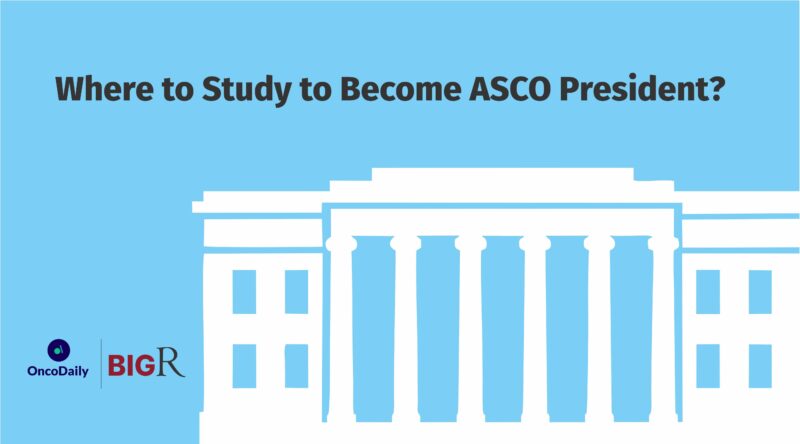
Oncologist Near Me – Giuseppe Curigliano
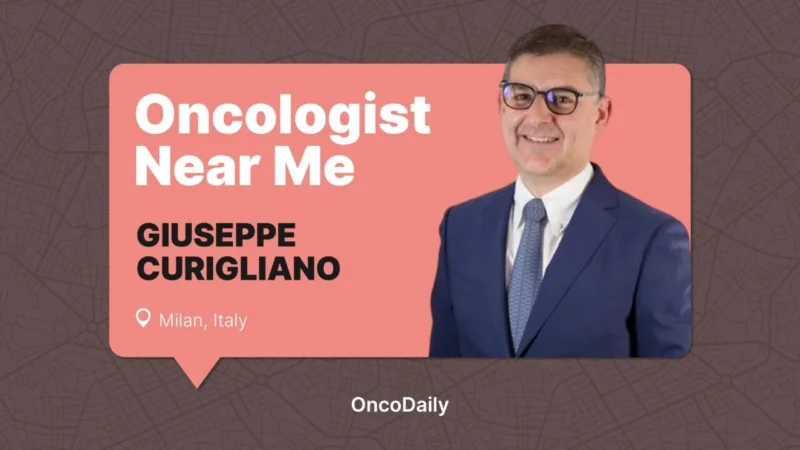
Oncologist Near Me – Fabrice André
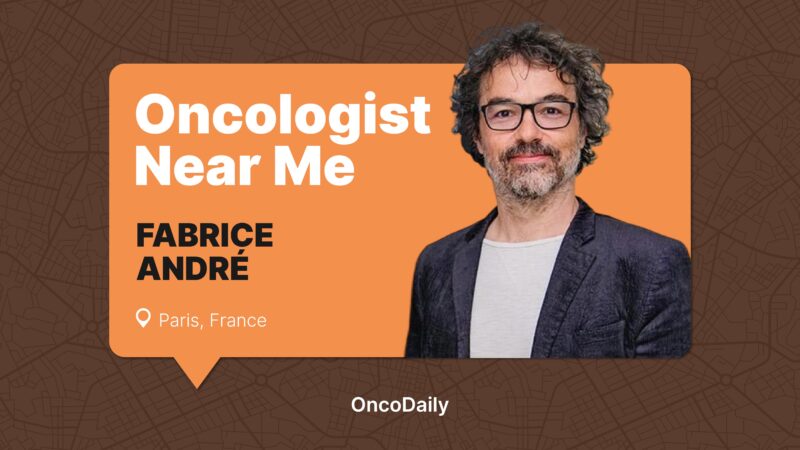
Written by Elen Baloyan, MD,
Director of BIGR; Managing Editor of OncoDaily
